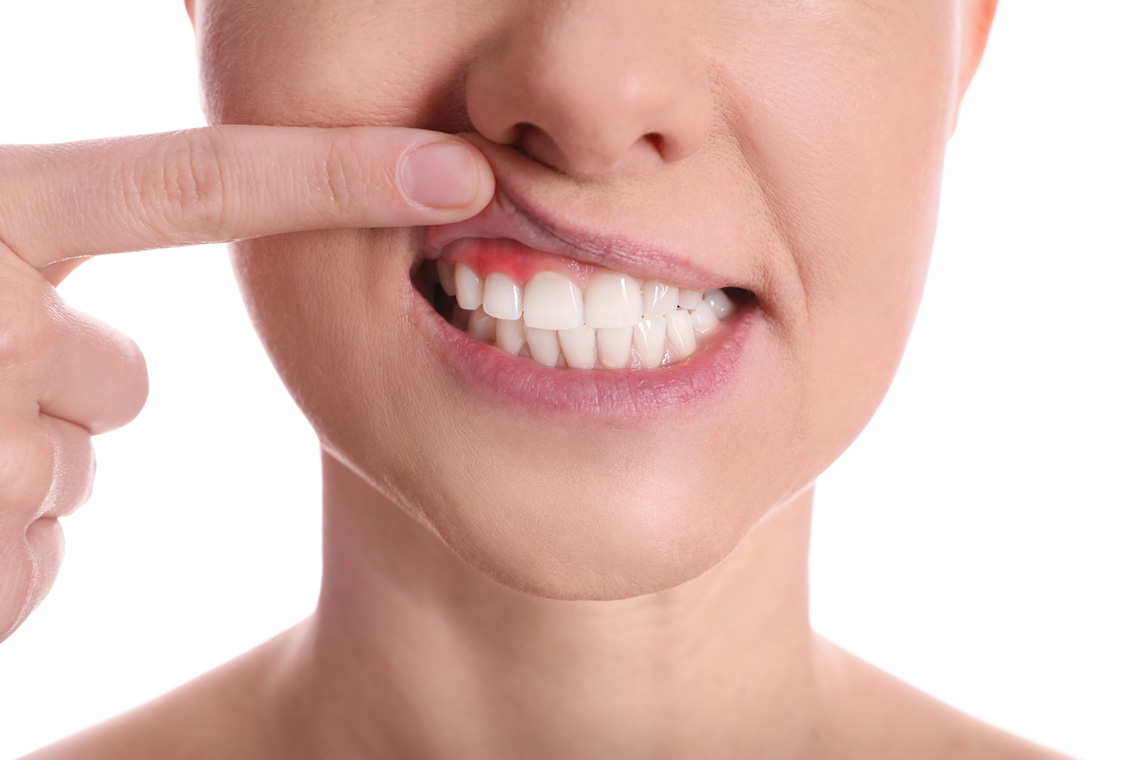
Posted on August 19, 2024
Gingivitis is a common and mild form of gum disease, or periodontal disease, that causes irritation, redness, and swelling (inflammation) of your gingiva—the part of your gum around the base of your teeth. While gingivitis itself is relatively mild and may not cause significant discomfort, it is important to take it seriously as it can progress to more severe forms of gum disease, such as periodontitis, if left untreated.
Causes of Gingivitis
The primary cause of gingivitis is poor oral hygiene. When you don't brush and floss your teeth properly, plaque—a sticky, colourless film of bacteria—builds up on the teeth. If plaque is not removed, it can harden into tartar (calculus), which can harbour more bacteria and lead to further irritation of the gums. The accumulation of plaque and tartar can cause the gums to become inflamed, leading to the symptoms of gingivitis.
Other factors that may contribute to the development of gingivitis include:
Hormonal changes: Such as those that occur during puberty, menstruation, pregnancy, and menopause, can make gums more sensitive and susceptible to gingivitis.
Medical conditions: Certain diseases like diabetes, cancer, and HIV are linked to a higher risk of gingivitis.
Medications: Some medications can reduce saliva flow, which helps protect the gums and teeth, or cause abnormal overgrowth of gum tissue.
Smoking: Tobacco use is one of the most significant risk factors for gum disease.
Poor nutrition: Especially vitamin C deficiency, can contribute to gum disease.
Symptoms of Gingivitis
Gingivitis can be subtle and may not always cause noticeable symptoms. However, common signs include:
- Red, swollen gums
- Gums that bleed easily, especially when brushing or flossing
- Bad breath (halitosis)
- Tender or receding gums
- Soft gums
Prevention and Treatment
The good news is that gingivitis can be prevented and is often reversible with good oral hygiene practices. Here are some key strategies for preventing and treating gingivitis:
Brush your teeth twice a day: Use fluoride toothpaste and a soft-bristle toothbrush.
Floss daily: Flossing removes plaque and food particles from between the teeth and under the gumline.
Regular dental checkups: Visit your dentist at least twice a year for professional cleanings and checkups.
Healthy diet: A balanced diet that provides essential nutrients, particularly vitamin C, helps maintain healthy gums.
In more advanced cases, professional treatment may be necessary. This could include scaling and root planing, a deep cleaning procedure that removes plaque and tartar from below the gumline.
Contact Creek View Dental Today
Gingivitis is a common condition, but it shouldn't be ignored. Proper care and attention make it possible to reverse gingivitis and maintain healthy gums, thus preventing more serious periodontal diseases. If you notice any symptoms of gingivitis, it's important to take action by improving your oral hygiene and seeking advice from a dental professional. Contact Creek View Dental today to discuss the best practices for your dental health.
